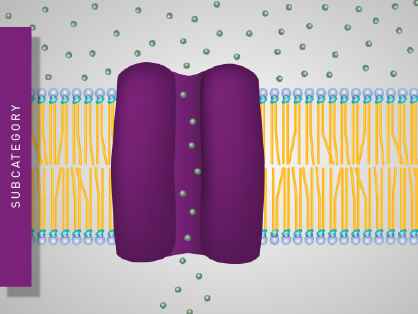
No communication and cellular reactions without signaling molecules
Cells not only receive extracellular cues, they also translate them into intracellular reactions. Extracellular signaling molecules comprise growth factors, hormones, ions, neurotransmitters, cytokines and other molecules such as extracellular ATP as well as proteins such as Sclerostin. Our Microplate readers can readily characterize cytokine, hormone, and second messenger changes and are ideally suited for performing various GPCR applications. They can also be used to study protein modifications like nitration that may also impact signaling.
Cellular reaction time covers from a few seconds to several hours. Accordingly, responses must either be triggered and measured instantly, or they need to be observed in living cells over a longer period of time. BMG LABTECH microplate readers provide injectors and a high sampling rate if fast reactions need to be captured. Further, the Atmospheric Control Unit regulates CO2 and O2 levels inside the reading chamber to provide a feel-good atmosphere for long-term cell experiments.
Signaling events rarely come alone, they take place simultaneously or in concert. In order to clearly characterize signaling events, BMG LABTECH multi-mode microplate readers offer the possibility of reading several assays in just one well.

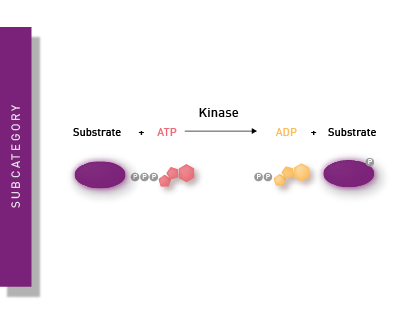
Kinases
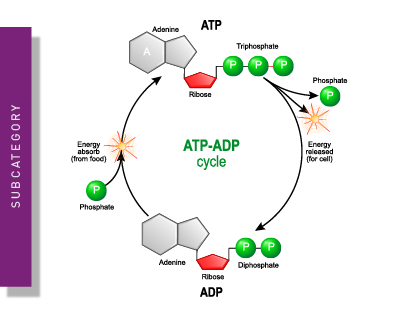
ATP
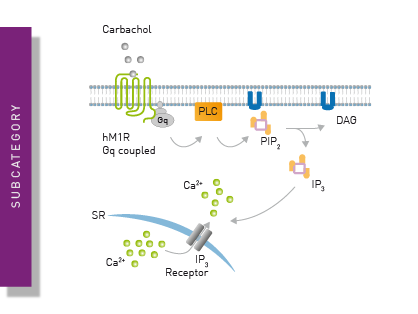
Second messengers

Hormones
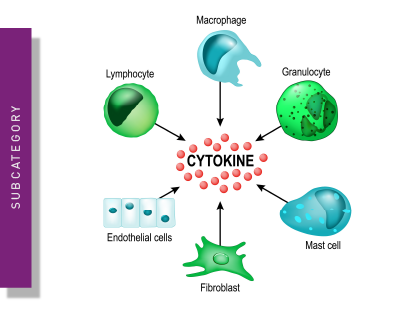
Cytokines
Resources
Search our resources section for information about specific applications, literature citations, videos, blog articles and many other publications. Many of the resources provided are associated with current and previous instrument models and versions.
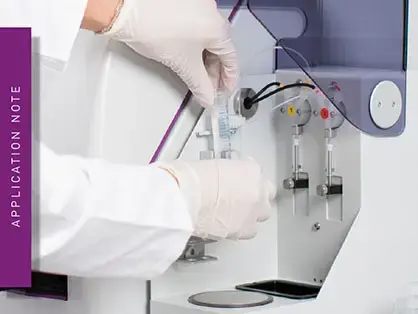
Identification of peptide ligands for orphan GPCRs by measuring Ca2+-induced luminescence in transfected cells
You are planning to inject living cells with a microplate reader? Read here how the VANTAstar with magnetic stirrer and heater keeps your cells happy and in suspension till the moment of injection.
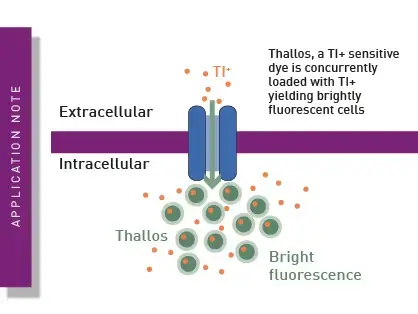
Adaptation of a potassium channel assay to enable easier high throughput screening
Plan to analyse ion channels with a thallium-sensitive dye but don't have an imager? No problem! This adapted assay allows high-throughput detection of ion channel activity on a microplate reader.
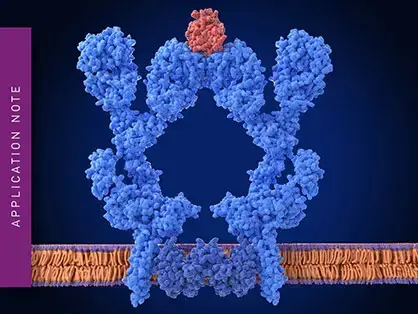
Identification of androgen-disruptors using a cell-based androgen receptor dimerization assay
Receptor signalling is essential in physiological processes. Read here how a cell-based NanoBiT receptor dimerisation assay can be used to screen for androgen disruptors on the CLARIOstar Plus.
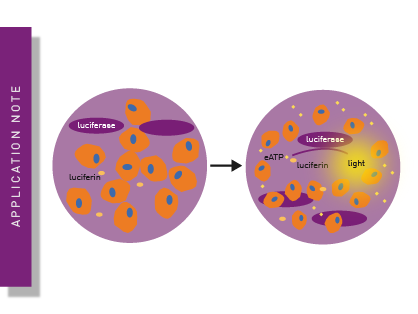
Extracellular ATP measurement in real time using living cells
Find out, how to perform real-time measurements of Promega´s extracellular ATP kit with living cells with the CLARIOstar Plus with ACU.
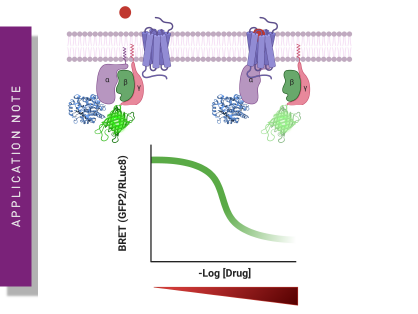
Structure-guided monitoring of the human opioid receptor family using BRET assays
Find out how the TRUPATH platform combined with the PHERAstar FSX can be used to study GPCR interaction and thus be able to advance the development of safer opoid drugs for pain relief.

Differential activation of G proteins by synthetic cannabinoid receptor agonists, utilizing the CAMYEL BRET biosensor
Synthetic cannabinoids become increasingly associated to drug misuse. Read how the CAMYEL BRET biosensor can be used to study the associated signaling pathways in plate readers.
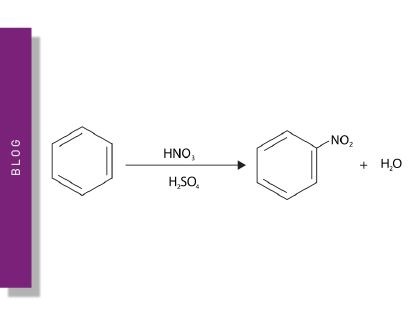
What is protein nitration?
Nitration can significantly modify the structure and function of proteins in cells. But how can measurements of protein nitration reveal crucial information about biological activity and how can microplate readers help?

Role of second messengers and signal transmission
Second messengers play a pivotal role in signal transduction events in cells. But how do you measure these small, transiently lived molecules and how can microplate readers help?
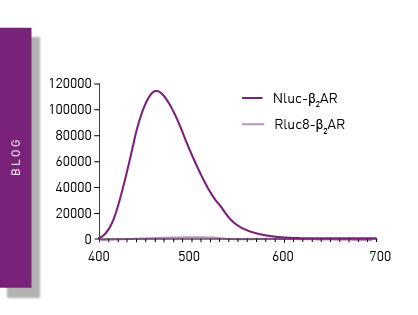
NanoBRET
NanoBRET is used to analyse binding events, signaling pathways and receptor trafficking in live cells and has significantly expanded the range and applications of BRET assays.
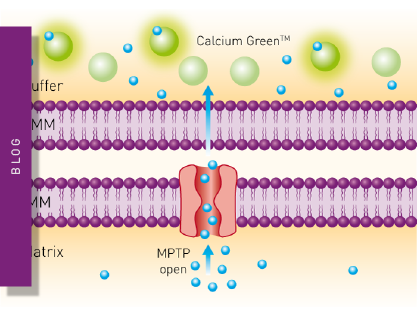
Calcium assays: at the centre of biology
Calcium is one of the central players in biology. This blog explains some of the many roles of calcium and discusses the different ways that calcium ions can be measured on microplate readers.
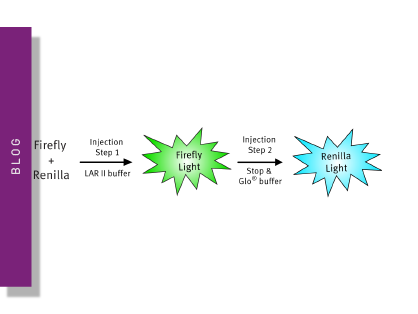
Dual-Luciferase (Firefly-Renilla) reporter assay to study the Interferon signalling pathways in virology
Find out how the Dual-Luciferase reporter assay can be utilised to study the influence of the interferon system in virology.
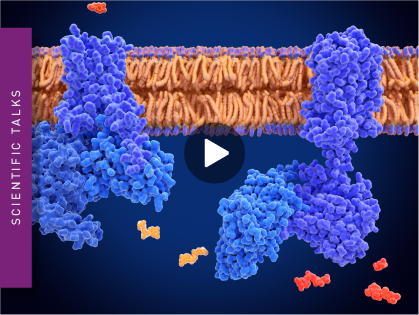
Using the TRUPATH BRET platform to analyse GPCR biased agonism
TRUPATH is a BRET-based platform that enables to monitor discrete GPCR-G protein coupling and can facilitate the discovery of drugs biased towards desired G protein effectors.
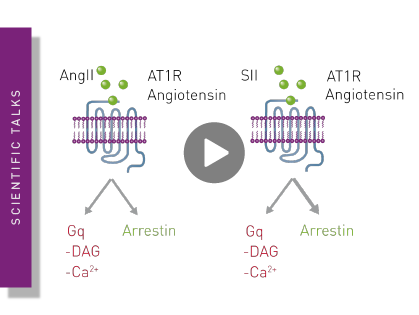
GPCR bias: a kinetic, dual-channel fluorescence method to simultaneously measure arrestin and G-protein second messenger responses
Interested in studying functional selectivity for different activation pathways of GPCR agonists? In the same attempt? In real time? Have a look at this approach by Montana Molecular.
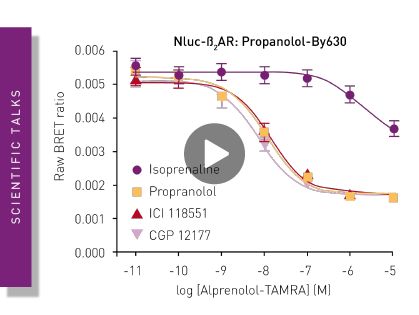
Real-time profiling of receptor pharmacology
Get inspired how to use NanoBRET to monitor G-protein binding, receptor internalisation and receptor heteromerisation.
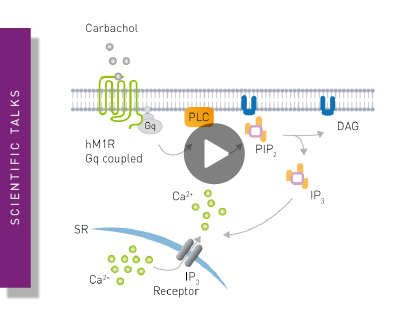
Real time detection of G-protein coupled receptors in living cells
See here, how small measurement intervals on the CLARIOstar Plus enable real-time assessment of GPCR-related Calcium influx in living cells.

The benefits of studying opioid, cannabinoid, terpenoid, and 5HT receptor agonists
Dr Marina Junqueira Santiago discusses the potential benefits of studying opioid, cannabinoid, terpenoid, and 5HT receptor agonists.

Developing new agonists to the thyroid stimulating hormone receptor
Rauf Latif uses the CLARIOstar for his research into developing novel small-molecule agonists and antagonists to the thyroid stimulating hormone receptor.
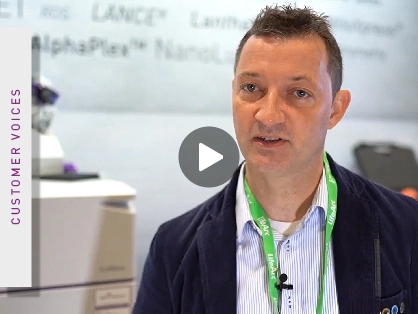
Understanding the basic mechanisms and physiology of GPCRs
Peter McCormick from the William Harvey Research Institute, Queen Mary University London talks about his work and how he can use the CLARIOstar.

GPCR Binding and signalling studies with the PHERAstar
Dmitry Veprintsev & David Sykes talk about GPCR Binding and Signalling Studies and how the PHERAstar FSX can help them.

Drug discovery using natural products from the Brazilian biodiversity on the CLARIOstar
Maria Arruda from the University of Nottingham tests natural products from the Brazilian biodiversity for drug discovery purposes.

Analysing the pathophysiological role played by VEGFR2 and CXCR4
Laura Kilpatrick, Chloe Peach & Carl White from University of Nottingham talk about their work with the receptors VEGFR2 and CXCR4.

PHERAstar FSX
Powerful and most sensitive HTS plate reader
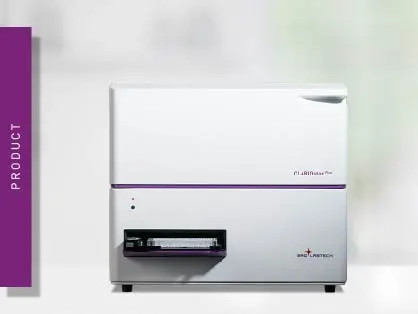
CLARIOstar Plus
Most flexible Plate Reader for Assay Development
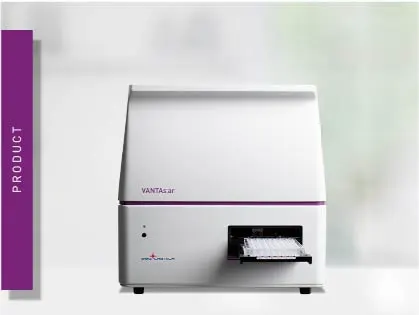
VANTAstar
Flexible microplate reader with simplified workflows
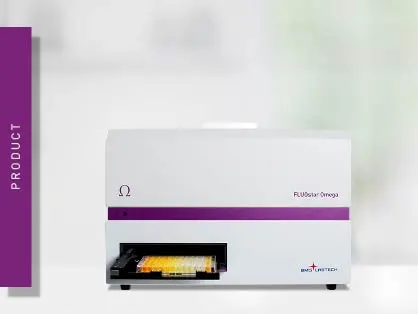
Omega Series
Upgradeable single and multi-mode microplate reader series



